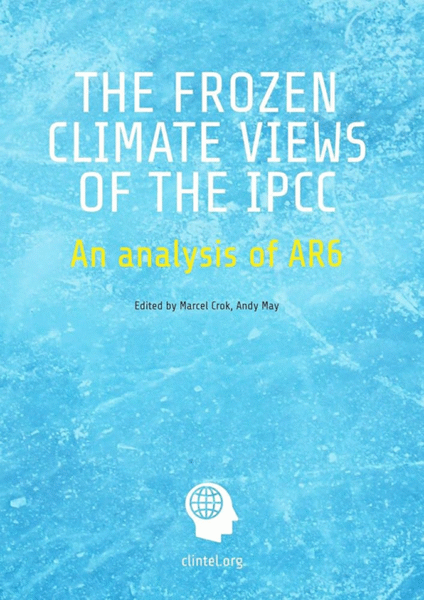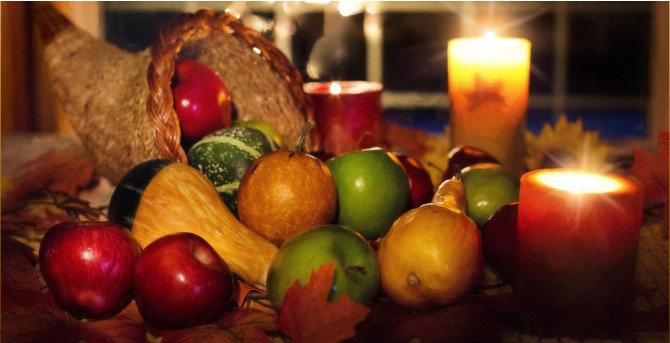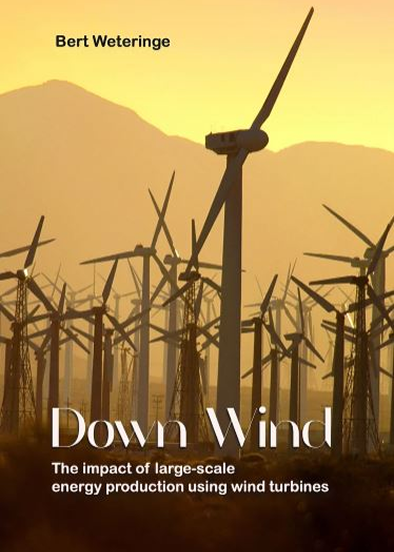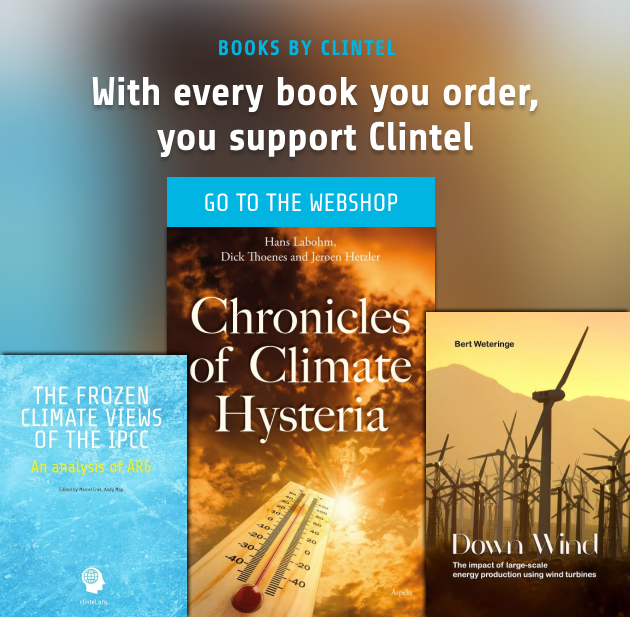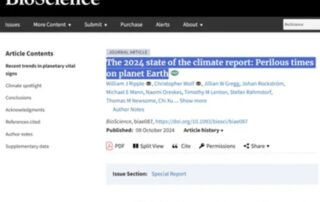A Thanksgiving Tribute to Global Warming and CO2
What if we celebrate Thanksgiving with a tribute to global warming and the relative abundance of carbon dioxide (CO2) in our atmosphere? An outrageously scandalous thought, right? To propose we honor what global elites and their compliant media insist are bringing on certain doom. Yet, this is precisely what sound thinking demands.
Just 50 years ago, in the 1970s, the news writers peddled dire warnings of an impending ice age. Some scientists spoke of planetary dimming and the need for immediate, drastic action to prevent a return to continental glaciers.
At least the fear of a cold-induced catastrophe has some historical basis in the struggles of past societies during cool periods. The Little Ice Age, which lasted from about 1300 to 1850, was a period of pervasive, sustained cold, when, according to the accounts of historians, “all things which grew above the ground died and starved.”
Frost fairs were held on the frozen Thames in London. Crop failures became routine, leading to widespread famine, poverty and political instability across the Northern Hemisphere. This was not a theoretical crisis; it was a brutal reality where a slight dip in global temperatures threatened the survival of communities. People fighting off starvation and disease during the Little Ice Age would have given anything for warmer conditions.
The typical American household rarely, if ever, thinks about this long arc of climatic history when preparing a Thanksgiving dinner. Food is obtained from stores overflowing with produce after being harvested from all manner of locales – apples from colder regions and grapes from warmer ones. Some vegetables are grown locally, and others travel across continents before reaching consumers.
The first step of this chain – plant growth – benefits from the warmth of the present climate, which is far gentler than the one of the Little Ice Age. Yet, the alarm today is over a supposedly destructive warmth, a worry that history contradicts with repeated warm periods of the past producing prosperity and flourishing civilizations. Among them were the Roman Warm Period 2,000 years ago and the Medieval Warm Period more recently. During both, crops were grown in areas too cold today for them.
The modern story of plenty is deeply entwined with the silent but dramatic greening of Earth since the 20th century. Satellite data confirm that the world has gotten greener since the 1980s, especially across arid and semi-arid regions. Why? The primary drivers are higher levels of atmospheric carbon dioxide from industrial emissions and a naturally warmer climate.
Carbon dioxide is plant food, an essential ingredient, along with water and sunlight, for photosynthesis. The great irony of the climate-alarmist narrative is that the increase in CO2 has triggered one of the most beneficial environmental changes in recent history: thriving ecosystems and record crop harvests.
Also important for food production are modern fertilizers – mostly manufactured with natural gas – that deliver the nitrogen necessary for high-yield crops.
Energy-dense fuels like coal, oil and natural gas – demonized as sources of carbon dioxide – remain the backbone of food distribution, especially in the developed world. They fuel irrigation pumps, fertilizer plants, delivery fleets, farm machinery and refrigeration. Remove these energy inputs, and granaries would shrink. Famine would no longer be a relic of history; it would be knocking at the door.
What about the warnings that a warming planet will destroy global food security? This claim does not survive scrutiny. Over the past 40 years, yields of staples like wheat, corn and rice have soared. Famines, sadly still present because of regional conflicts or corrupt governments, are no longer the global norm. The world now supports a population of 8 billion people with higher living standards than ever before.
Why then have so many become convinced that every unusual weather event signals doom? The answer lies in a relentless media focus on risk, coupled with distorted portrayals of natural history. Earth’s climate has always changed – on timescales from decades to millennia. Mega-droughts, catastrophic floods and stretches of unusual hot and cold are nothing new.
So, Thanksgiving revelers, remember the simple truth: Much is owed to the warmth of the sun, the invisible work of carbon dioxide and the fossil fuels that power the dinner table’s bounty transit from field to feast.
This commentary was first published at The Blaze November 27.

Vijay Jayaraj
Vijay Jayaraj is a Science and Research Associate at the CO2 Coalition, Fairfax, Virginia. He holds an M.S. in environmental sciences from the University of East Anglia and a postgraduate degree in energy management from Robert Gordon University, both in the U.K., and a bachelor’s in engineering from Anna University, India.
more news
Climate scientists officially declare ‘climate emergency’ at an end
Climate scientists officially declare ‘climate emergency’ at an end Climate scientists have issued a shock declaration that the ‘climate emergency’ is over. A two-day climate conference in Prague, organised by the Czech division of the international Climate Intelligence Group (Clintel), which took place on November 12 and 13 in the Chamber of Deputies [...]
Two day Clintel conference in the Parliament of Prague
Two day Clintel conference in the Parliament of Prague The CLINTEL Working Group in the Czech Republic organizes an International Scientific Conference in Prague, which will take place on 12 and 13 November 2024 in the premises of the Chamber of Deputies of the Czech Republic. publications [...]
Prophets of Doom: The Green Elite’s War on Human Progress
Prophets of Doom: The Green Elite’s War on Human Progress Why the 2024 climate report is more about fear than facts. The recent article published in BioScience, “The 2024 state of the climate report: Perilous times on planet Earth,” is a parade of exaggerated claims and half-truths, a propaganda piece designed to scare [...]
